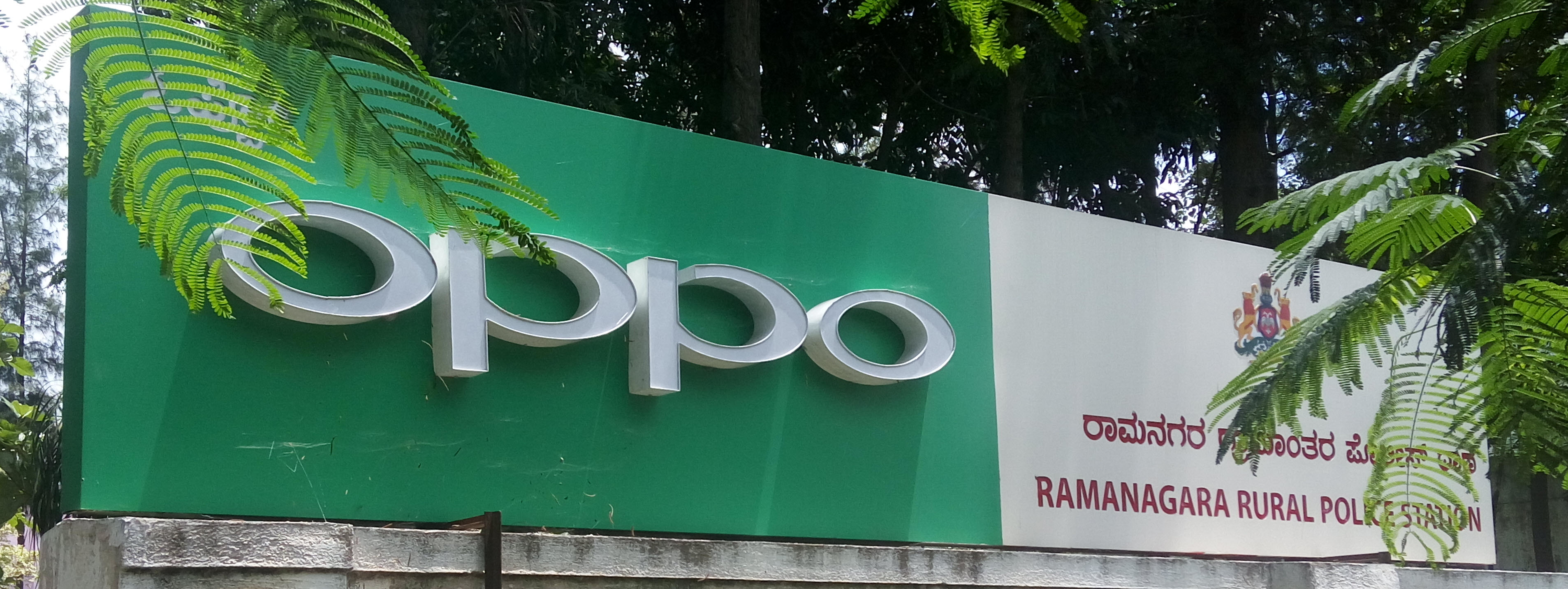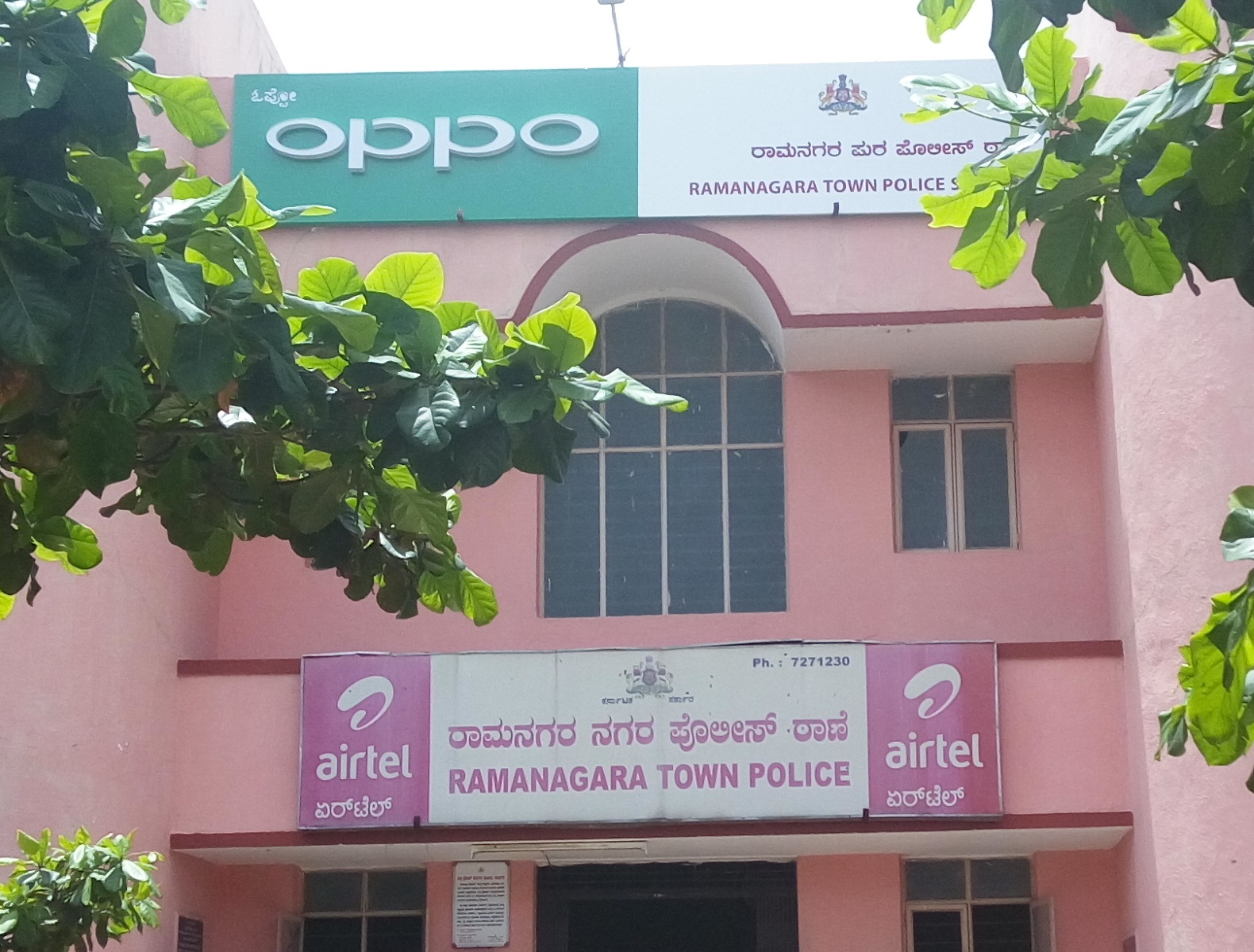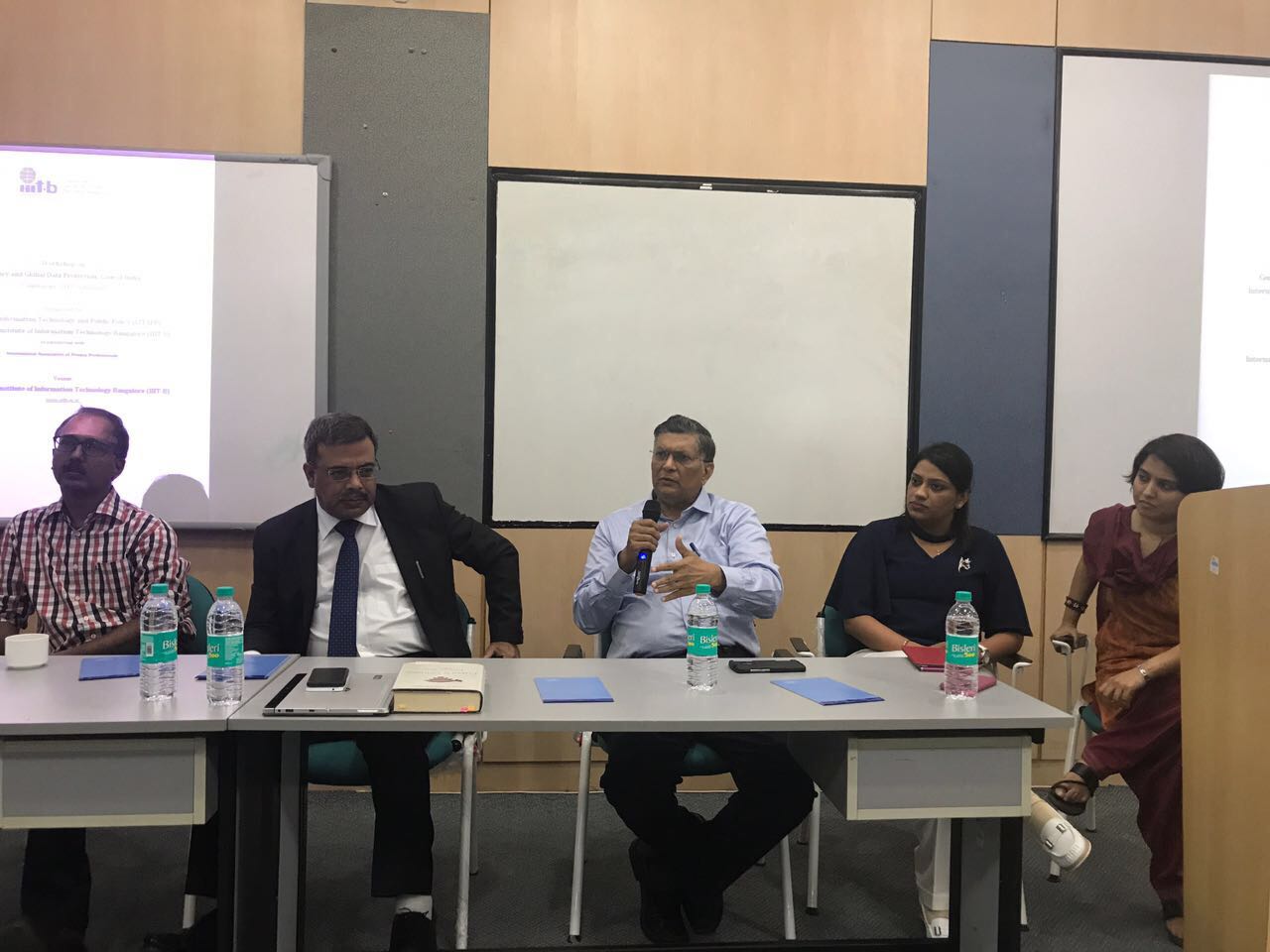On the occasion of the “Teacher’s Day” today, it is appropriate to spare a few thoughts on the role of “Teaching” in the Digital Era.
“Teaching” essentially involves “Knowledge Transfer” and it may happen either within the four walls of what we call a “School” or “College” or through any other interaction. Today, web is naturally one of the greatest “Knowledge Transfer Medium” with “Google” as one of the prominent tools of knowledge transfer.
In order to retain its status as a respected teacher, being the “Most Accessed Search Engine”, Google needs to ensure that it’s revenue objectives donot cloud its performance.
Advertising as a Diversion
One of the areas where Google’s weakness comes through is in it’s “Advertising policies on the Search results”. The top of the search page ads confuse the public with advertisements misleading the search engine users.
For example, if I do a “Full Site Search” from the Google tool on Naavi.org with the key word “OPPO”, the top results are all advertisements from OPPO where as my specific article on “Oppo taking over Police Stations in India” does not come up, though it does come up in the other search engine I use on the website.
“Google Site Search” therefore misleads visitors to the site with wrong results and fails as an honest “Teacher”.
I have in the past even pointed out many ads from Google Ad server which are linked to Pornographic websites (Mostly on the mobile) showing again a failure to filter such ads. “Poisoned Search Results” were once a very prominent means of injecting viruses though it has been controlled significantly at present.
Though the Search Engine is making its efforts to improve its performance and perhaps is still the best search engine by a large margin, just as a “Teacher” never stops learning and improving, Google should continue to improve it’s performance by not letting its revenue objectives cloud its performance.
Having worked in the Advertising industry myself, I am not against Google generating revenue out of advertisements but there is a difference between presenting advertisements in the side columns or even on the top with a distinctive format rather than making it look like an “Advertorial”.
I hope this “Ethics” of advertising is not forgotten by Google in the days to come…. so that we can salute Google as one of the best Teachers of the Netizens on the Teacher’s day.
Naavi.org as a Teacher
While reflecting on the activities of naavi.org, it seems that Naavi.org has been critical of many organizations both in the private sector and the public sector on specific occasions. In all such occasions, it is essential for visitors to remember that we may be trying to make a particular point though some times we may not be efficient in putting things across diplomatically. Some times the titles could be deliberately made provocative, taking the liberty of journalistic freedom. I hope those who feel hurt will look at things in the right perspective and excuse me if I have made any mistake.
One of the principles I have tried to maintain in such cases is to provide an opportunity to the organization criticized to use the same platform to post a counter. In fact way back in December 2001, this principle was espoused as a recommended strategy to counter rogue sites such as dalitstan.org. The principle also applies to other sites including naavi.org.
This suggestion may go counter to “Right to Erase” but needs to be examined by others in greater detail when we see complaints about mouthshut.com or glassdoor.com.
Similarly Naavi.org has been advocating “Regulated Anonymity” as a solution to resolving the fight between Privacy and Security which is counter to the principle of “Anonymity” which is so dear to many.
Naavi.org as a teacher therefore has several contrarian views to express and has always invited visitors to respond even with counter views if any. Though in many cases, we have invited responses from different Government agencies (a search with the key word “respond” indicates the innumerable such occasions), most of the Government agencies prefer to remain silent in the wake of criticisms. Private Sector either remains silent or some times shoots out a notice but very few take criticisms positively.
Just as old teachers some time say… “I scolded you when you were a student and see what a good citizen you have now become?”… perhaps in times to come some of the organizations which we have criticized may acknowledge that the criticisms were well meant. It could be in the case of Bitcoins or Cyber Insurance or Bank frauds or Police mistakes or even mistakes by Judiciary. May be the content of this site will be available for back reference to check if this reflection becomes true.
Such acknowledgements will bring true satisfaction to any teacher and also to Naavi.org and would be the compensation for all the efforts we are making today.
Regards to Dr S. Radhakrishnan for having enabled us to reflect on our “Teaching activities of the year…
Naavi











